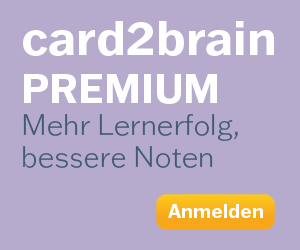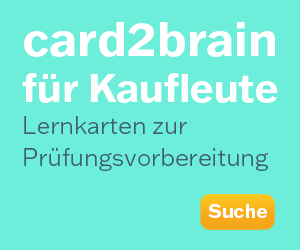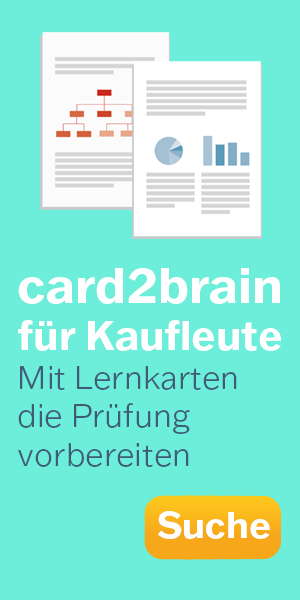11_Sentiment_Analysis
abc
abc
Kartei Details
| Karten | 8 |
|---|---|
| Sprache | English |
| Kategorie | Informatik |
| Stufe | Universität |
| Erstellt / Aktualisiert | 07.02.2018 / 16.01.2022 |
| Lizenzierung | Keine Angabe |
| Weblink |
https://card2brain.ch/box/20180207_11sentimentanalysis
|
| Einbinden |
<iframe src="https://card2brain.ch/box/20180207_11sentimentanalysis/embed" width="780" height="150" scrolling="no" frameborder="0"></iframe>
|
Relationships between items
Relationships between items can be a rich source of information about for performing classification or regression on the items.
- Nearby sentences can share the same subjectivity status, subjective or objective
- Mentions separated by “and” usually have similar sentiment labels
- Those separated by “but” usually have contrasting labels
Sentiment Classification Limitations
- Domain-dependent polarity
- Sentiment features for one domain often don’t generalize to another
- Cold beer vs. cold pizza
- “unpredictable” (movie plots vs. car’s steering)
- Sentiment features for one domain often don’t generalize to another
- Indirect opinion
- No opinion word
- After taking the drug, my pain has gone.
- Comparative opinion
- Phone is better than Blackberry.
- No explicit opinion
- We brought the mattress yesterday, and a body impression has formed.
- Fact implicitly expresses negative opinion
- “body impression” is negative for mattresses
Creating Opinion Lexicons
How do we identify subjective items?
1. Manually compile a list of subjective items
2. Assume that contexts are coherent (corpus-based methods)
- adjectives linked by conjunctions (e.g. and) have the same orientation
- Staff was very nice and helpful.
3. Assume that alternatives are similarly subjective (“plug into” subjective contexts) (lexical resource-based methods)
Opinion Target Entity Identification
- Sentiment classification at both the document and sentence (or clause) levels are useful, but
- they do not find what specifically people liked and disliked.
- they do not identify the targets of opinions, i.e., entities and their aspects.
- ->Without knowing targets, opinions are of limited use.
Target Entity Identification is similar to named entity recognition
- E.g., one wants to study opinions on phones given Motorola and Nokia, find all phone brands and models in a corpus, e.g., Samsung, Moto.
The pictures coming out of this camera are amazing. The 'auto' feature takes great pictures most of the time. And with digital, you're not wasting film. …
- Target entity -> camera
- Aspect -> picture, ‘auto’
Aspect Identification
- Goal: Given an opinion corpus, extract all aspects
- Frequency-based approaches: nouns (NN) that are frequently talked about are likely to be true aspects (called frequent aspects)
- Because different reviewers tell different stories
- Because those are the main aspects
Further Work on Opinion Targets
- Identifying implicit aspects: most adjectives modify or describe some specific attributes of entities.
- “expensive” ⇒ aspect “price”
- “beautiful” ⇒ aspect “appearance”
- “heavy” ⇒ aspect “weight”
- Identifying aspect synonyms
- “power usage” and “battery life”
- Linking opinion expressions to the corresponding aspects and identifying negation scope in case of negation
Take-Home-Messages
- Subjectivity, sentiment, opinion etc. is context and domain dependent.
- Supervised approaches proven to be effective, but manually annotated corpora in each new domain is not easy to find.
- -> Approaches addressing domain adaptability
- Problems with different approaches for creating opinion lexicons:
- Lexical resource-based: high quality graph structure, sense annotated, but
- of little use without successful word sense disambiguation component
- coverage problem
- not many languages have such complete resources
- ->Approaches producing high coverage and quality, multi-lingual applicability
- Lexical resource-based: high quality graph structure, sense annotated, but








